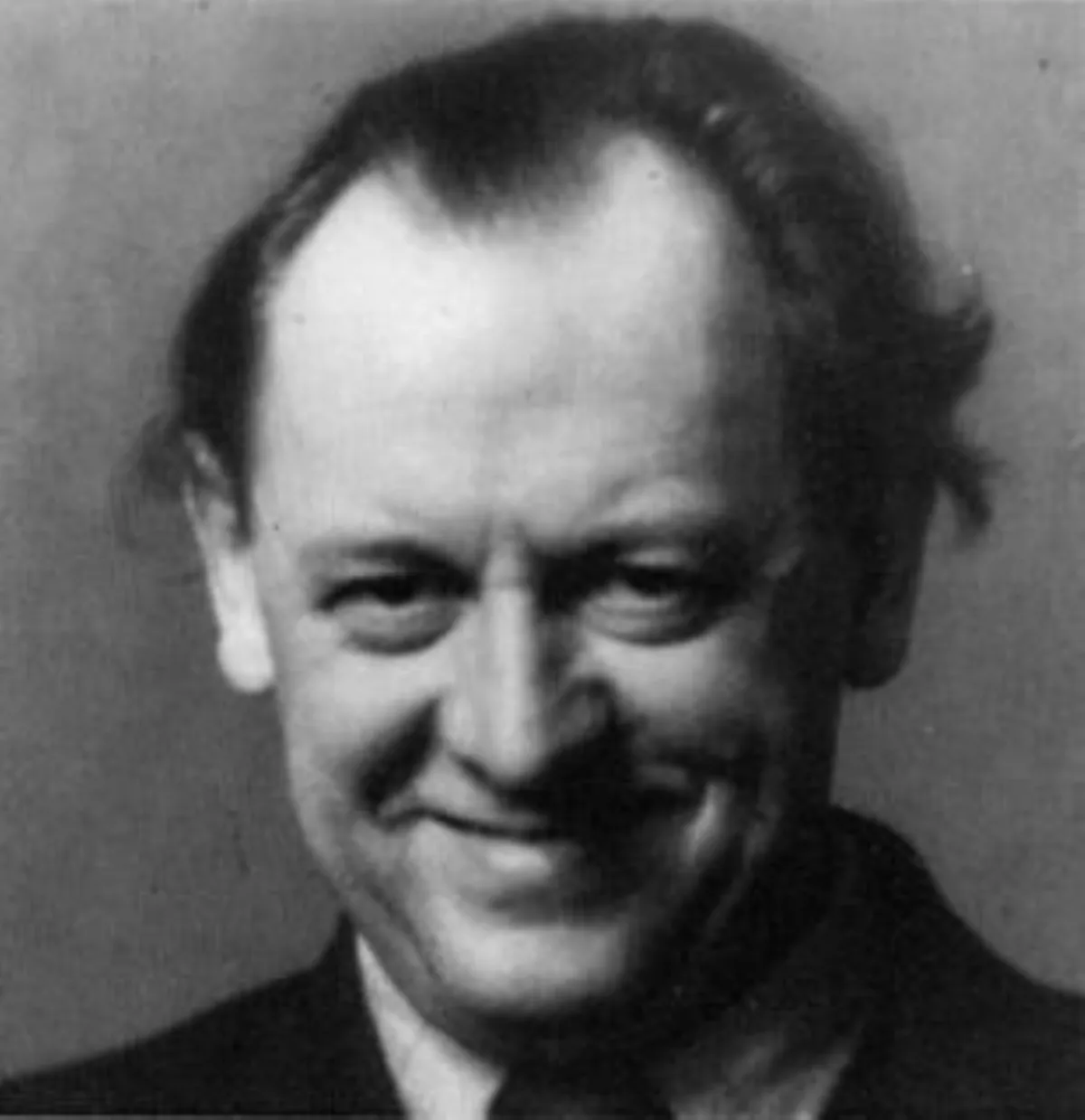 1.
1. Kurt Hermann Eduard Karl Julius Schwitters was a German artist.

 1.
1. Kurt Hermann Eduard Karl Julius Schwitters was a German artist.
Kurt Schwitters was born in Hanover, Germany, but lived in exile from 1937.
Kurt Schwitters is most famous for his collages, called "Merz Pictures".
Kurt Schwitters's father was proprietor of a ladies' clothes shop.
In 1901, Kurt Schwitters suffered his first epileptic seizure, a condition that would exempt him from military service in World War I until late in the war, when conscription was loosened.
Kurt Schwitters spent the last one-and-a-half years of the war working as a drafter in a factory just outside Hanover.
Kurt Schwitters was conscripted into the 73rd Hanoverian Regiment in March 1917, but exempted on medical grounds in June of the same year.
Kurt Schwitters married his cousin Helma Fischer on 5 October 1915.
Kurt Schwitters was to come into contact with Herwarth Walden after exhibiting expressionist paintings at the Hanover Secession in February 1918.
Kurt Schwitters showed two Abstraktionen at Walden's gallery Der Sturm, in Berlin, in June 1918.
Kurt Schwitters asked to join Berlin Dada either in late 1918 or early 1919, according to the memoirs of Raoul Hausmann.
Hausmann's anecdote about Kurt Schwitters asking to join Berlin Dada is somewhat dubious, for there is well-documented evidence that Kurt Schwitters and Huelsenbeck were on amicable terms at first.
When Huelsenbeck visited him at the end of the year, Kurt Schwitters gave him a lithograph and though their friendship was by now strained, Huelsenbeck wrote him a conciliatory note.
Kurt Schwitters performed on solo evenings, one of which took place on 13 April 1923 in Drachten, Friesland.
Kurt Schwitters created several collages there, probably together with Thijs Rinsema.
Kurt Schwitters was to use the term Merz for the rest of the decade, but, as Isabel Schulz has noted, 'though the fundamental compositional principles of Merz remained the basis and centre of [Kurt Schwitters's] creative work [.
Kurt Schwitters started to organize and participate in lecture tours with other members of the international avant-garde, such as Jean Arp, Raoul Hausmann and Tristan Tzara, touring Czechoslovakia, the Netherlands, and Germany with provocative evening recitals and lectures.
Kurt Schwitters published a periodical, titled Merz, between 1923 and 1932, in which each issue was devoted to a central theme.
Alongside his collages, Kurt Schwitters dramatically altered the interiors of a number of spaces throughout his life.
Kurt Schwitters later created a similar environment in the garden of his house in Lysaker, near Oslo, known as the Haus am Bakken.
Kurt Schwitters composed and performed an early example of sound poetry, Ursonate.
The poem was influenced by Raoul Hausmann's poem "fmsbw" which Kurt Schwitters heard recited by Hausmann in Prague, 1921.
Kurt Schwitters first performed the piece on 14 February 1925 at the home of Irmgard Kiepenheuer in Potsdam.
Kurt Schwitters subsequently performed it regularly, both developing and extending it.
Kurt Schwitters published his notations for the recital in the last Merz periodical in 1932, although he would continue to develop the piece for at least the next ten years.
Kurt Schwitters lost his contract with Hanover City Council in 1934, and examples of his work in German museums were confiscated and publicly ridiculed in 1935.
On 2 January 1937 Kurt Schwitters, wanted for an "interview" with the Gestapo, fled to Norway to join his son Ernst, who had already left Germany on 26 December 1936.
Kurt Schwitters started a second Merzbau while in exile in Lysaker, near Oslo, in 1937, but abandoned it in 1940 when the Nazis invaded; this Merzbau was destroyed in a fire in 1951.
Kurt Schwitters was provided studio space and took on students, many of whom would later become significant artists in their own right.
Kurt Schwitters produced over 200 works during his internment, including more portraits than at any other time in his career, many of which he charged for.
Kurt Schwitters contributed at least two portraits to the second art exhibition within the camp in November 1940, and in December he contributed to the camp newsletter, The Camp.
Kurt Schwitters was well-liked in the camp, and was a welcome distraction from the internment they were suffering.
Kurt Schwitters's son attributed this to Schwitters's depression at being interned, which he kept hidden from others in the camp.
Kurt Schwitters applied as early as October 1940 for release, but he was refused even after his fellow internees began to be released.
Kurt Schwitters was finally released on 21 November 1941, with the help of an intervention from Alexander Dorner, Rhode Island School of Design.
Kurt Schwitters first moved to an attic flat at 3 St Stephen's Crescent, Paddington.
Kurt Schwitters called her Wantee, because she was always offering tea.
Kurt Schwitters exhibited in a number of galleries in the city but with little success; at his first solo exhibition at The Modern Art Gallery in December 1944, forty works were displayed, priced between 15 and 40 guineas, but only one was bought.
Kurt Schwitters first visited the Lake District on holiday with Edith Thomas in September 1942.
Kurt Schwitters moved there permanently on 26 June 1945, to 2 Gale Crescent Ambleside.
In March 1947, Kurt Schwitters decided to recreate the Merzbau and found a suitable location in a barn at Cylinders Farm, Elterwater, which was owned by Harry Pierce, whose portrait Kurt Schwitters had been commissioned to paint.
Kurt Schwitters worked on the Merzbarn daily, travelling the five miles between his home and the barn, except for when illness kept him away.
Professor Henrick Hanstein, an auctioneer and art expert, provided key testimony in the case, stating that Kurt Schwitters was virtually forgotten after his death in exile in England in 1948, and that the Marlborough Gallery had been vital in ensuring the artist's place in art history.